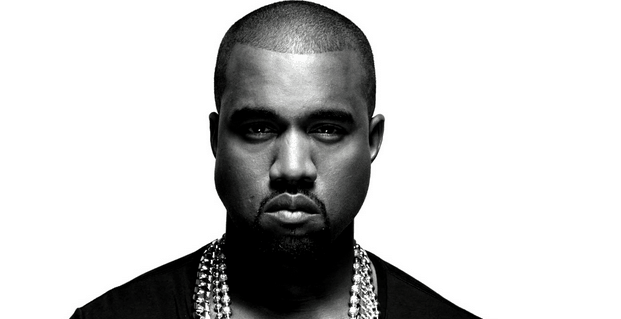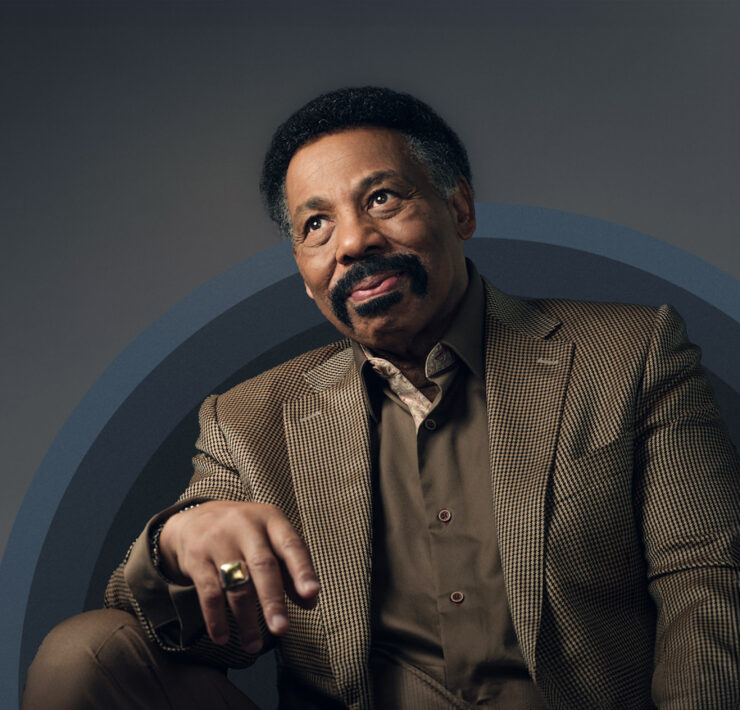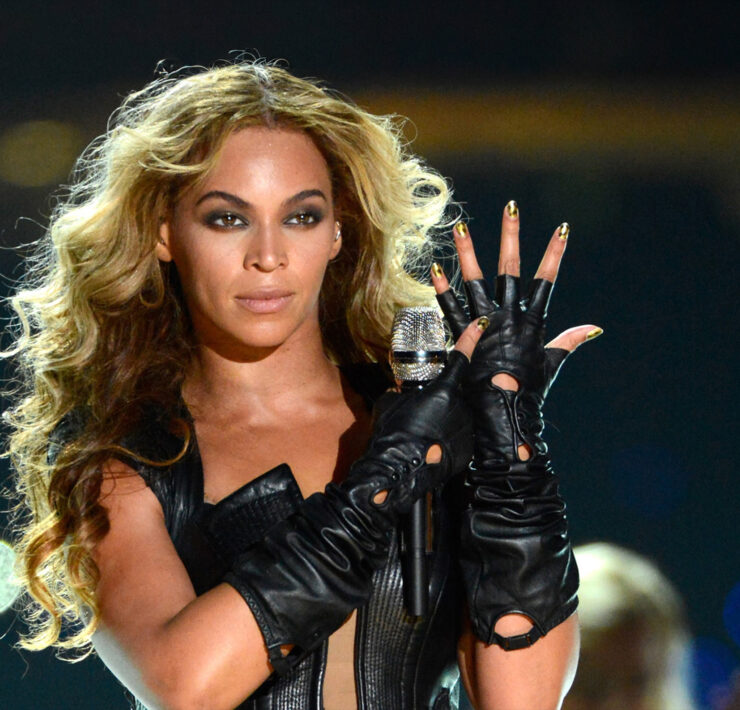
[Editor’s Note: In recent days, the shooting of unarmed, black teen Michael Brown by police and the response by authorities to protestors in Ferguson has underscored the racial tension, institutional discrimination and frustration still alive in America. This piece examines how the Church in America is still grappling with a racial divide—and how it can change. This article is adapted from the article “Chasing the Dream” from RELEVANT’s Nov/Dec 2013 print issue. ]
Grace Biskie can still remember the first time she was called the N-word.
The slur came from her own half brother, who is white, when Biskie was just 6 years old, growing up in a Detroit neighborhood that had flipped from all-white to all-black in her short lifetime.
Later, a friend at her predominantly white private school explained, without apology, that Biskie couldn’t come to her birthday party because her mom didn’t let black people come over.
Another time, she took weeks of baptism classes and memorized all the Bible verses only to have her church explain there had been a mistake. It didn’t baptize black people. She tried to persuade them: She was only half-black, she says. She may have read a letter she had written to the congregation. The memory is fuzzy, she says; it’s so painful.
But it isn’t blurred because of distance. “We’re not talking about the ’50s,” she says. This was the late 1980s.
A church divided
From slavery to Jim Crow to the Civil Rights Movement, America certainly has a checkered history with racism. And, in many cases, the Church has played a role in perpetuating injustices.
And while Christians today will be quick to disassociate themselves from the distorted biblical interpretations of their ancestors, it’s difficult to argue that the Church isn’t still wrestling with that tradition in many ways.
Ninety percent of all American churches are 90 percent racially homogenous. That’s a number Michael Emerson and Christian Smith arrived at based on historical analysis, a national survey and hundreds of face-to-face interviews in their 2000 book, Divided by Faith: Evangelical Religion and the Problem of Race in America.
It’s a number that still holds true more than a decade later, according to Christena Cleveland, a researcher, consultant and social psychologist who teaches at St. Catherine University in St. Paul, Minn.
She says the words of Martin Luther King Jr., who referred to 11 a.m. Sunday morning as the most segregated hour in America, hold true, as well.
“There is still a long way to go,” Cleveland says. “I don’t think people understand when we are separated, nothing good can come from that. All we do is misperceive each other. All we do is develop these boundaries between ‘us’ and ‘them,’
“I don’t think a lot of majority-culture Christians understand how bad these issues really are in the country.”
A long way to go
Like Biskie, Cleveland can remember the first time she was called the N-word. It came from a teacher at a Vacation Bible School she was attending at a predominantly white church, she says.
But, she says, “I couldn’t let go of the possibilities I saw when I was a young child in church. I knew it was possible for people to love well across cultural distances, and I had tasted that. Even as I encountered negative situations in homogenous evangelical settings, there was a hope I held onto as I got older and was able to work through some of the pain. The pain turned into passion. Really, God redeemed it.”
Cleveland grew up in an extremely diverse neighborhood in the San Francisco Bay area, she says. Her dad had planted the church her family attended. It also was diverse, mirroring some of the same dynamics of their block.
“I learned very early on there are people that have issues and perspectives and challenges and joys that are nothing like my own, and that was a big part of my experience,” she says.
Cleveland uncovers those ethnic, political, theological and cultural dynamics that divide Christians in her book, Disunity in Christ: Uncovering the Hidden Forces that Keep Us Apart. Once we understand why those divisions exist, she says, we can figure out how to overcome them.
And, she says, “I’m actually pretty amazed at how much Christians have to learn about these issues.”
The journey to healing
In her talks about racial reconciliation as a leader at InterVarsity Christian Fellowship, Biskie says she always recommends college students start by building relationships with people who are different from them and by displacing themselves to areas where they are the ones who are different.
Changes also need to be made on structural, institutional levels, according to Cleveland. Relationships will start to break down barriers in your heart, but they won’t do much to break down societal barriers, she says.
That doesn’t mean those relationships aren’t important. But successful multiethnic churches also have significant leadership from people of color, Cleveland says.
When Paul encourages Christians in 2 Corinthians to “be of one mind,” she says, “I don’t see that as we need to agree on everything.” But, she continues, we do need to be willing to try and see the world and the Church from each other’s perspectives and share emotions.
“You don’t see a lot of that,” she says. “You see a lot of, ‘We should all get together and have a unity worship night, because that’s going to fix everything.’ But there isn’t a quick fix to a problem that’s as sinful as this one.”
Cleveland says Church leaders of every color need to ask “What is it about the institution of a denomination or church that seems to repel people who are different?”
And, she says, “Christians are all about, ‘In our hearts, we want to be welcoming to people,’ and, ‘In our hearts, we don’t want to discriminate,’ and that’s all fine and good, but are we really investigating ‘do our outcomes actually reflect out intentions?’ It’s a good thing for us to be welcoming, but, do people actually feel welcomed?”
Those changes need to be made intentionally, Cleveland says. The “natural forces in our society” that push people toward segregation, that separate groups, are too powerful, she says.
So, too, are the spiritual forces, she says.
Because if all are created as image-bearers of God, as it says in Genesis 1:27, then racism dishonors the image of God. And because the whole of the New Testament, from Jesus through Revelation, points to this: “The unified body of Christ is the vehicle through which the Kingdom of God is come,” she says.
The whole of creation is moving toward reconciliation, toward a day described in Revelation 21 when all things will be made new, Biskie says.
When Biskie came to know Jesus in “really personal way” in college, she says, she assumed all the other stuff, all the racism, would fall to the wayside.
It quickly became obvious that wasn’t going to happen, she says, “and, in fact, Jesus was going to bring it up over and over and over so I could actually deal with it and realize I had a big problem.”
She says her ongoing journey of figuring out how to love people who have hurt her has been beautiful and healing, she says. But it has also been hard.
We all suffer from the human condition, Biskie says. We all are sinful. And when Jesus says in Matthew 26:11, “The poor you will always have with you,” maybe the racist always will be with you, too, until He comes again to make all things new.
“Reconciliation is hard work. It’s good to know that going in,” she says.
“You should know it’s a hard journey. You’re going to climb a mountain.”






















